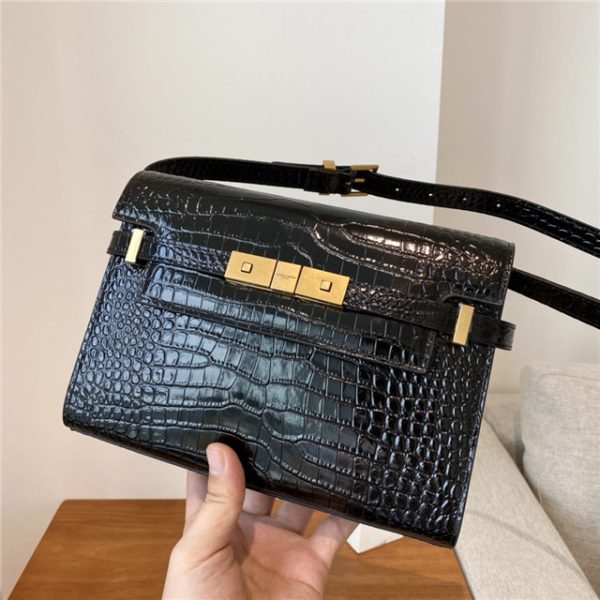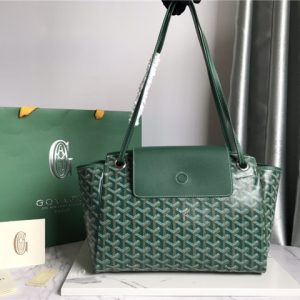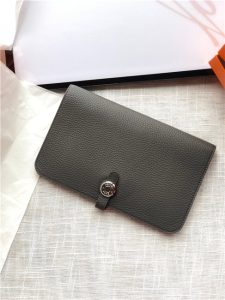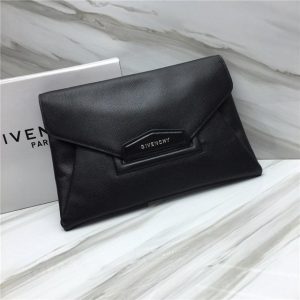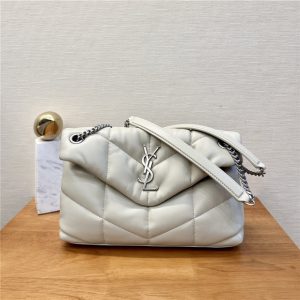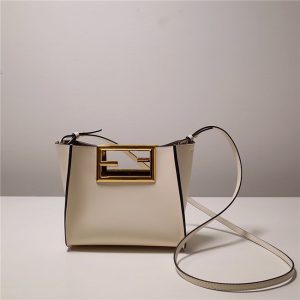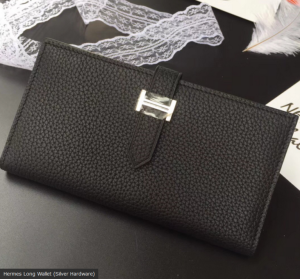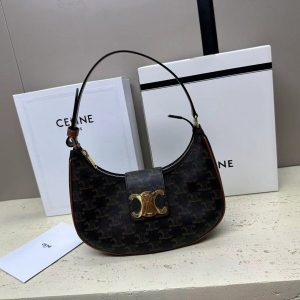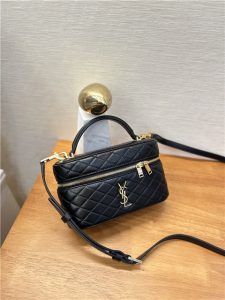First things first, and this sounds kinda obvious but hear me out: *know your Seiko*. Like, *really* know it. Before you even *think* about clicking “buy,” do some research. What’s the dial supposed to look like? What kinda movement does it have? What’s the serial number convention? The more familiar you are with the genuine article, the easier it’ll be to spot something that’s off. Think of it like studying for a test, but instead of algebra, you’re learning about watch hands. Way more fun, IMHO.
One thing I always check is the dial. A real Seiko usually has those little numbers indicating the movement caliber and case code printed on the dial. If those puppies are missing? Red flag, my friend. Red. Freakin’. Flag. The rest of the watch *might* be legit, but that dial? Fuggedaboutit. It’s been messed with, repainted, or straight-up replaced with a fake.
And speaking of numbers, the serial number on the back of the case is *crucial*. Seiko usually slaps a 6-digit serial number back there. Check it out. Does it look clean and crisp, or like some drunken robot engraved it after a power outage? Also, Google is your friend. See if the serial number matches the model you’re expecting. If it comes back as a totally different Seiko, or worse, nothing at all? Houston, we have a problem. BIG problem.
Now, let’s talk about quality. Seiko, even the more affordable models, are known for being pretty well-made. So, look closely. Are the hands aligned properly? Does the second hand hit the markers? Does the logo look sharp and precise, or blurry and wonky? Does the finishing look… well, *finished*? A real Seiko shouldn’t look like it was assembled by a chimpanzee with a hangover. (No offense to chimpanzees, of course. They’re probably way better at watchmaking than fake Seiko factories).
Packaging can also be a tell. Is the box flimsy and cheap? Does it look like it was printed on a potato? Does it come with papers that look like they were forged by a five-year-old? While not *every* fake comes with bad packaging, it’s another piece of the puzzle. Legit Seikos usually come with decent packaging and documentation.
Here’s a pet peeve of mine: the movement. If you can get a look at the movement, *do it*. It’s a dead giveaway. Even without being a watchmaker, you can usually tell if it looks like a pile of junk. And if it’s supposed to be an automatic, but it’s ticking like a quartz? Run. Just run away.


